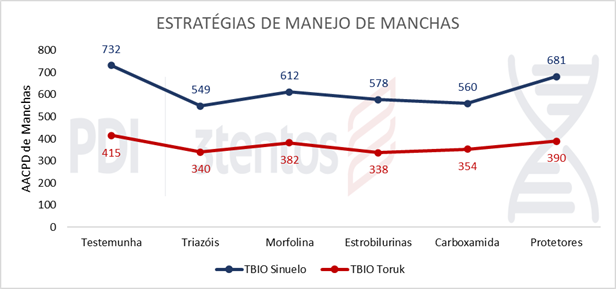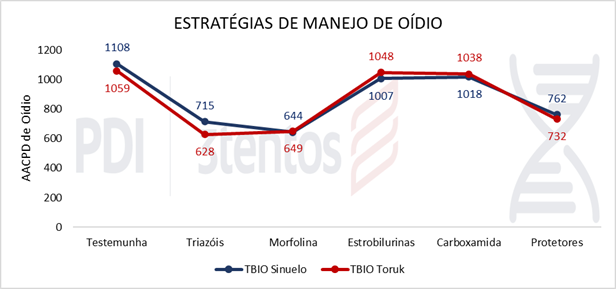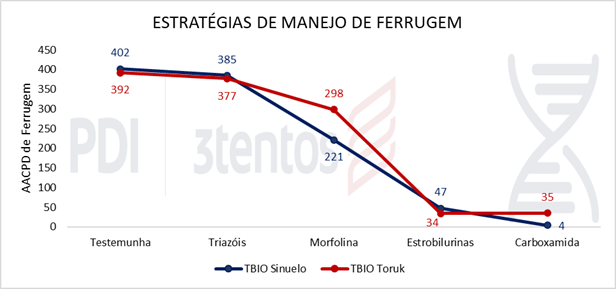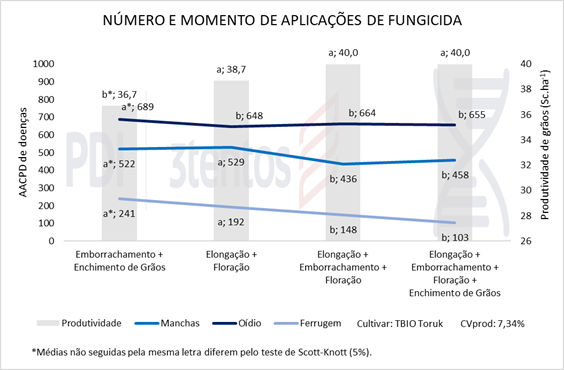Wheat Diseases and Control Strategies
During the harvest, the crop is subjected to a series of factors that can compromise its productive potential, including disease-causing fungi. In this sense, some strategies are essential to obtain a good wheat production. The first one is the use of seeds with physiological quality (vigor and germination) associated with a robust seed treatment.
Seed treatment helps both in the initial attack of pests and in the control of diseases linked to the seed or the soil, such as root rots and leaf spots that will compromise the plant stand, tillering and the general health of the crop. And, if they affect the flag sheet, the impact on productivity will be severe.
The spots, especially yellow and brown, caused by the fungi Drechslera tritici-repentis and Bipolaris sorokinoana, respectively, are favored by the humid climate (warm temperature and leaf wetness). For the management of spots, cultural management is essential – crop rotation – reducing the initial inoculum and disease severity. Furthermore, the use of fungicides from the chemical group of triazoles can efficiently contribute to the management of these diseases (Figure 1).

Figure 1: Area under the disease progress curve (AUDPC) estimated for leaf spots in wheat plots subjected to different fungicide management. 2019 harvest, Santa Bárbara do Sul/RS.
Another common disease in wheat crops, which occurs mainly during the initial stages of the crop is powdery mildew, caused by the fungus Blumeria graminis. It is a dry climate disease, characterized by a grayish white mycelium and causes premature leaf senescence. Thus, it is necessary to adopt preventive management for the disease, in case conditions are favorable or the first damage is seen. And, among the tools that can be used to reduce the progress of this disease are triazoles and morpholine (Figure 2).
Figure 2: Area under the disease progress curve (AUDPC) estimated for powdery mildew in wheat plots subjected to different fungicide management. 2019 harvest, Santa Bárbara do Sul/RS.
Leaf rust, caused by Puccinia triticina and other rusts, such as streak and stem rust, caused by other species of the same genus, are important diseases of the wheat crop. Temperatures between 15 and 25°C and dew are sufficient for the infection to occur, forming circular lesions that progress to pustules from where the fungus spores are released, compromising much of the leaf area and productivity. The genetic management of rust is the main ally and the use of carboxamides and strobilurins (Figure 3) can contribute to the management of this disease.

Figure 3: Area under the disease progress curve (AUDPC) estimated for rust in wheat plots subjected to different fungicide management. 2019 harvest, Santa Bárbara do Sul/RS.
In addition to foliar diseases, ear diseases, the main one being FHB (Gibberella zae) are important. The occurrence is favored by the rainy weather and higher temperatures, characteristic of spring, and the moment of flower opening. Thus, the main control strategy is associated with the correct moment of application of fungicides. Application in anthesis with some specific triazoles associated with strobilurins and/or benzimidazole are efficient tools.
When to start handling and how many applications to use?
Monitoring the conditions of the crop, having knowledge of the area's history, previous crops and diseases that have already occurred, and the residual of the products used in seed treatment, are important factors to define the moment of the first application.
Preventive applications, in tillering, will contribute to the management of stains and powdery mildew; the application in elongation, on the other hand, has proved to be extremely important (Figure 4) for the general control of diseases, keeping leaves and tillers healthy and thus contributing to greater productivity. In turn, rubber and anthesis applications will protect the flag sheet (main responsible for productivity) and spikes, respectively. And further applications will contribute to grain filling.
The results of internal tests show that there is an increase in productivity when 3 or more applications are adopted (Figure 4), and that the application of elongation has contributed substantially. Alternatively, depending on the year, weather conditions and level of investment, applications in tillering and sequential applications after anthesis can be carried out.
Figure 4: Area under the disease progress curve (rust, leaf spots and powdery mildew) and grain yield (sc.ha-1) of wheat cultivar TBIO Toruk evaluated in the 2019 harvest, in Santa Bárbara do Sul/RS.




